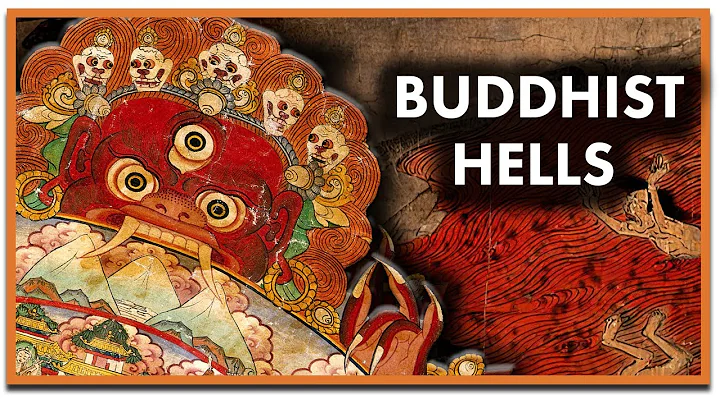In Chinese history before the Qing Dynasty , there were four major campaigns to exterminate Buddhism, known in history as "three martial arts and one sect to exterminate Buddhism". "三武一宗" refers to the four emperors, Emperor Taiwu of the Northern Wei Dynasty, Tuoba Tao, Emperor Wu of the Northern Zhou Dynasty, Yu Wenyong, Emperor Wuzong of the Tang Dynasty, Li Yan, Emperor Wuzong of the Tang Dynasty, and Shizong of the Later Zhou Dynasty. These four emperors were all relatively accomplished emperors in Chinese history, and a major "Buddhist extermination" event occurred during their tenure. The reason why they "destroyed Buddhism" was mainly because Buddhism at that time had a relatively serious impact on social development. During the Republic of China, the trend of "abolition of shrines" affected all religions, but the one most affected was Buddhism. It can be called another "destruction of Buddhism" incident.
initiated
The detailed destruction of temples and Taoist temples began with the "abolition of obscene temples" advocated by Zhang Zhidong and Kang Youwei during the "1898 Reform" in the late Qing Dynasty.
In the late Qing Dynasty, in order to cope with the increasingly serious "internal and external troubles", the Qing government began a large-scale "Western Learning" movement. The most important way to learn from the West is to open new schools. However, opening a new school requires funds and school buildings. How to solve this problem? Zhang Zhidong suggested using charity halls, ancestral halls, Buddhist temples, and Taoist temples in various places as the sites. The specific methods are contained in his famous article "Encouraging Learning: Setting up Learning". The article points out that since the emperor issued an edict to open schools, the important reason why "there have not been many founders" is the lack of funds and school buildings. The main way to solve the problem of school buildings is to "replace them with Buddhist and Taoist temples." He said that today there are not only tens of thousands of Buddhist temples and Taoist temples in various places, but they also all have land. If it is converted into a school, the school building and funding can be solved. At the same time, he also suggested that only seven-tenths of the temples in each county should be used as schools. Only seven-tenths of the land in temples that were converted into schools were used as school funds, and the rest was still at the disposal of monks and Taoist priests.
Compared with Zhang Zhidong, Kang Youwei during the same period was more radical. He advocated the widespread construction of schools and the reform of Confucianism . Within the scope of Confucianism, all obscene temples and temples were banned; outside of Confucianism, all Buddhist temples and Taoist temples were banned. According to Kang Youwei's opinion, not only Buddhist temples and Taoist temples are temples for obscenity, but within the scope of Confucianism, except for the Altar of Heaven and Earth and the Temple of Confucius, all other altars and temples are also temples for obscenity.
This movement had a huge impact on temples and Taoist temples across the country.
Kang Youwei and Zhang Zhidong advocated the banning of obscene temples in order to preserve the orthodox beliefs and orthodox sacrifices of Confucianism. However, history played a big joke on them. After the Revolution of 1911, in the Republic of China, although some of the "obscene temples" they called were banned, the main sacrifices they wanted to preserve were also banned. The Buddhist temples and Taoist temples they want to ban have received a small amount of protection.
During this period, many "obscene temples" were destroyed in Kangping like the whole country.
After the Revolution of 1911, the government of the Republic of China tightened its control over religions such as Buddhism, Taoism, and Confucianism. From the formulation of the "Provisional Rules for Temple Management" in 1913 to the promulgation of the "Regulations on Supervision of Temples" by the Republic of China government in 1930, the central government during the Republic of China promulgated 7 temple "management regulations" (or rules) in less than 10 years. or "Registration Ordinance" (or rules). It was not until the promulgation of the Regulations on the Supervision of Temples that the main legislative work on religious affairs was basically completed.
Before the Northeast Change of Flags , under the rule of Fengcian warlord , some policies of the Republic of China government were not implemented in the Northeast. In terms of religious policy, the Republic of China government has gone a long way in destroying temples, Taoist temples and other places - during the administration of Yuan Shikai, he explicitly canceled the Buddhist Association and controlled all Buddhist and Taoist properties; Xu Shichang To control the Buddhist and Taoist "Xiao Gui Cao Sui", provincial warlords and local officials forcibly took over local temples in the name of establishing educational charities. Kangmin National Archives also proves this point, and no files on this aspect have been found.
After the success of the Northern Expedition in 1928, the country achieved formal unity. Under the pressure of the "anti-religious movement" that violated the constitution, the National Government directly carried out the "destruction of temples" on the grounds of the "movement to eradicate superstition". Kang Ping suffered a devastating impact by suppressing Buddhism and Taoism in a high-sounding way and vigorously dismantling the old traditional culture.
In October 1928, the Ministry of Internal Affairs of the Republic of China issued a "Standard for the Preservation and Abolition of Divine Temples", which can be said to be a declaration to completely abolish the gods and conduct a comprehensive cleanup of traditional gods. Because this standard was relatively radical, it was strongly opposed by the Buddhist community. In 1929, the Republic of China government issued a new "Temple Management Regulations" that were promulgated nationwide to control Buddhism and Taoism. In the instructions issued to various places, it was clearly stated:
The "Standards for the Preservation and Abolition of Shrines" promulgated by the Ministry were originally for temporary reference. Before and after the order was issued, temple matters should be handled in accordance with the "Temple Management Regulations" (JC107-01-001450 -File No. 000012).
At this time, among Kangping-related religious archives, the earliest archives on the control of temples appeared. They were the "Temple Management Regulations" issued by Zhai Wenxuan, Chairman of the Fengtian Provincial Government, and published in the "Fengtian Gazette" on February 8, 1929 (see attachment1).

"Fengtian Gazette" and the document issued by Director Chen Wenxu
This "Temple Management Regulations" is almost a replica of the previous ones, but it is more radical. It clearly requires monks and Taoists to "enlighten revolution" when "speaking at meetings" Thoughts of national salvation.” It is undoubtedly a pioneering work to allow the teachings of Buddhism and Taoism to have the function of "inspiring revolutionary ideas of national salvation".
Then, on February 20 and March 9, 1929, Chen Wenxiu, director of the Provincial Department of Civil Affairs, and Wang Yugui, director of the Education Department, respectively issued documents to the Kangping County Office, requesting the implementation of the "Temple Management Regulations."
On March 23, 1929, Kangping County Governor Li Chengshan ordered the County Public Security Bureau and the Education Office to notify their affiliated units to formally implement the "Temple Management Regulations" of the Republic of China government. As a result, incidents of confiscating temple property, burning scriptures and statues, and establishing schools on temple property were staged in various places in Kangping. At that time, due to the implementation of this policy, the entire province was in a state of control. Various relatively contradictory policies were introduced one after another, which are reflected in the Camping archives at the time.
The most typical one is that the "Standards for the Preservation and Abolition of Shrines" that have been deemed as "temporary reference" were issued in Northeast China after the "Temple Management Regulations". On March 23, 1929, the Liaoning Provincial Government (renamed from Fengtian Province to Liaoning Province), one month after promulgating and implementing the "Temple Management Regulations", ordered the Kangping County Office to implement the "Standards for the Existence and Abolition of Shrines" (see Appendix 2 )
The "Standards for the Preservation and Abolition of Divine Temples" (hereinafter referred to as the "Standards") points out that the emergence of gods is due to "the undeveloped wisdom of the ancient people." There was a period of "mixture of people and gods", which shows the "deep superstition". However, there was a so-called "spring official" position at that time, and the order was still good, "not as popular as the obscene sacrifices in later generations." In other words, in the opinion of the author of the "Standard", China has had many beliefs in gods since the Zhou Dynasty, which is beyond the norm.
In the section "The Prevalence of Pornographic Temples", "Standard" points out the reasons for the prevalence of pornographic temples in ancient China. First, "the theory of Yin and Yang prevailed", which led to "the emergence of alchemists in large numbers"; second, the Buddhist theory of reincarnation is "deeply rooted in people's hearts"; The third is that Taoism is named after Lao Tzu, but it is engaged in talismans and burning. As a result, "evil thoughts are flowing freely" and customs are deteriorating.
Next, the "Standard" lists the wise people in ancient times who opposed the temple of obscenity. They include: Ximen Bao, Gong Yu, Kuang Heng , Ying Shao , Di Renjie , Shizong of the Later Zhou Dynasty, Li Weiqing , Jiang Jing, Chen Xiliang in the Song Dynasty. In addition, there was Song Huizong in the first year of Zhenghe (1111 ) ordered the destruction of 1038 obscene temples. During the Jiajing period of the Ming Dynasty (1522-1566), an edict was issued to abolish the obscenity temple. In the opinion of the author of "The Standard", these people are all heroes who broke down superstition in ancient times; these things are also correct things that are beneficial to the world and people's hearts.
The above discussion can be regarded as the preface of the "Standard".This preface is also a brief summary of the state of belief in gods in ancient my country, and is also an atheistic declaration. It announced that the new republic government no longer believed in any gods and would clean up the previous gods.
In order to explain which gods should be preserved and which should be abandoned, the "Standard" divides ancient gods into four categories:
The first is the "sage category". Gods who are called "sages" should meet the following four criteria: first, those who have truly contributed to the development of the nation; second, those who have made academic inventions and benefited people; third, those who have the ability to defend against insults, promote benefits and eliminate disadvantages for national and social personnel. Those who have deeds; the fourth is those who are loyal, filial, and righteous, and are worthy of human dignity. There are a total of twelve figures listed as "sages". They are: Fuxi, Shennong, Huangdi, Leizu , Cangjie , Hou Ji, Dayu , Confucius , Mencius , Gongshu Ban, Yue Fei , Guan Yu . The Standard believes that the shrines of these people should be preserved and not abandoned. The difference is that in ancient countries, such figures were the gods worshiped by the state. In the new era, they are just regarded as heroes and sages who should be commemorated by the country and the nation.
The second is "religious category". The "Standards" believe that Buddhism and Taoism are polytheistic religions, while Islam and Christianity are monotheistic religions. In Taoism, the temples of Laozi, Yuanshi Tianzun, Sanguan, Tianshi, Wang Lingguan, and Lu Zu are listed. The "Standard" believes that the new republic will be "ruled by the party" and the people will have "absolute freedom" of belief in accordance with the Kuomintang party platform. Therefore, all religious shrines should be preserved. At the same time, the "Standards" also pointed out: "The name of a popular false religion, attached to a false god, is on the list of bans along with the temple of obscenity." Examples of false pretences and false claims include: First, worshiping idols of Buddha is inconsistent with the original purpose of Buddhism ; After a person dies, asking monks to recite sutras for salvation is "especially without sutras"; secondly, in Taoism, one should believe in Laozi's "Tao Te Ching". "Those who use bait to practice or use talismans and forbidden curses to confuse the world and confuse people" should be banned. After a person dies, asking a Taoist priest to recite sutras is just like asking a monk to recite sutras, which is "particularly nonsense." Therefore, it is also banned. It is a pity that in recent years, the practice of monks and Taoist priests reciting sutras for the dead, which was considered to be "confused by the world" and "particularly outrageous" at the time, has become increasingly popular and legalized.
The third is the "ancient god type". There are , the sun, the moon, stars, , mountains, rivers and land, and the God of wind, cloud, dew, thunder, etc. "Standard" believes that these gods were mostly regarded as "gods worthy of sacrifice" in the Middle Dynasty. Moreover, "it has been included in the sacrificial canons since the Ming and Qing Dynasties." However, according to “modern trends”, “all have no existence value”. In other words, they should all be banned.
The fourth one is the "pornographic temple category". The listed temples of obscenity include Zhang Xian , Send-off Empress , Song Jiang, Shi Qian, Erlang Shen, Fox Fairy, etc. These are just examples. Such temples were often banned in the past, and they cannot be preserved now.
Finally, the "Standards" require the reform of the "etiquette of worshiping gods", canceling "old festivals such as burning incense, kneeling down, praying to the gods, and sacrificing sweet wine", and other "burning incense, worshiping the gods," "drawing paper in repentance," "setting up dojos, setting off flames," and other " "Vulgar customs" "should be especially prohibited."
Today, a hundred years later, I am looking at this "Standard". If it can be done like this, it will indeed be able to completely eliminate feudal superstition and give people a bright future.
After the "Standards" were implemented in Kangping, the trend of demolishing and occupying various religious sites became increasingly popular. Lamas and Taoist priests from various temples and temples also took the opportunity to occupy temple properties and sell off religious objects. Buddhism, Taoism, and Confucianism were all affected.
After discovering that the situation was out of control, the provincial and county governments issued 10 documents within two months from April to early June 1929, clearly stating that the temple could not be demolished without the approval of the provincial government. However, the actual effect is not obvious, because the "Standards" and "Regulations" have not been explicitly abolished and are still implemented in various places.
In order to rectify religious sites such as temples and Taoist temples in detail, on June 5, 1929, Liaoning Provincial Department of Civil Affairs issued a "Temple Registration Regulations" to Kangping County to clean up all counties, cities and religious sites in the province.After a year of investigation and repeated severe reminders from the county government, all public security bureaus in the county compiled a "Temple Registration Report Form" as of June 1930, and reported it to the Liaoning Provincial Government (JC107 -01-002702-000015 file) (see attachment 3)
This report is extremely important for people today to understand the situation of Buddhism, Taoism, and Confucianism in Kangping, old China. It can be seen from the reports and subsequent files that at that time, in the name of expanding education, the Education Bureau occupied temples and competed for property as a custom. Although some adjustments were made in response to the calls of the Buddhist community, such as changing the "Temple Management Regulations" to the "Temple Supervision Regulations" at the end of 1929, the substantive content did not change much, and the occupation and destruction of religious sites were not addressed. contain. After two years of devastation after the change of office, Kangping's temples, Taoist temples and other places finally became deserted and sparsely populated, and they embarked on their way home at sunset.
Ended
The outbreak of the September 18th Incident caused the Republic of China government's vigorous "abolition of shrines" trend to stop in the Kangping area. On December 1, 1931, Zang Shiyi, chairman of the Liaoning Provincial Government, issued an order to the Kangping County Government to provide answers to the issues of how to continue to register and supervise temples across the province (File No. JC107-01-002354-00003). This is the last Kangping document related to religion before the puppet Manchukuo that can be seen.
On March 1, 1932, the puppet Manchukuo was established. Kang Ping's religious situation also experienced new changes - two files from the first year of Datong in the Puppet Manchukuo were found in this batch of Kang Ping's Republic of China archives to prove it. The person who issued the order and the person who received the order have not changed, but the names have changed. It is heartbreaking every time I see this - Zang Shiyi, who was the chairman of the Liaoning Provincial Government in December 1931, has become the puppet Manchukuo. The governor of Fengtian Province, the provincial government and the county government also became the provincial office and county office, and the Republic of China era name became the shameful Datong era name.
On August 18, 1932, the pseudo-governor Zang Shiyi issued Fengzi Instruction No. 420 (JC107-01) to Kangping County on "the review of the interim regulations for the management of temples proposed by the Fengtian Department of Education is generally in place and should be approved and handled." -002354-00004 file):
Lingkangping County:
According to the report signed by the Department of Education, the stolen temple is an important religious building, and all property and legal objects have a huge relationship with religion, history, culture, and art, so we should be careful Keep it and do not change it at will. A recent investigation of the lamas and monks in various temples revealed that they were ignorant of this purpose and secretly sold temple property and religious objects. If things go on like this, it will have an impact on the future of religion. For the sake of respecting etiquette, and in accordance with the new national administrative policy, for all temples in the province, except those established by government agencies or private property and passed through private managers, the maintenance of temple properties, the custody of legal objects, and the receipt and expenditure of funds shall be If the nine articles of management regulations are drafted and approved, they will be followed accordingly. Check whether they are reasonable and reasonable. A copy of the "Interim Regulations on the Management of Temples" is attached to the signature of the Regulations, requesting for verification of compliance and implementation. Except for the instructions and verification, this Interim Regulations are generally in place and should be filed with the Office and Consulting Department and followed by the branch. , He Xing copied the original copy and ordered Yang County to comply with it.
this order!
Attached is a copy of the "Interim Regulations for the Management of Temples"
August 18, the first year of Datong
Zang Shiyi
On November 10, 1932, this Fengzi No. 420 document was changed to No. 1 of Fengtian Province in Puppet Manchuria "Provincial Order". To this end, the pseudo-governor Zang Shiyi issued another order to Kangping County (File No. JC107-01-002354-00005):
Ling Kangping County
is the governor of Kangping County. This letter is issued by the Secretariat of the General Affairs Department of the State Council. Among the manuscripts sent to the gazette, there is the Fengtian Provincial Office Order No. 420 (according to the inspection of the proposed temple management regulations signed and submitted by the Education Department of this office, it is generally in compliance with the regulations, and it should be approved. The order should be followed and submitted to the Ministry for record. by) one piece. A closer look at the attached temple management regulations shows that they are indeed in the nature of regulations and should be issued in provincial decrees. After consultation, the Legislative Affairs Bureau also agreed with this office.
For this reason, I would like to write to your office to change the order into a provincial order, notify all city and county offices to check, and send a copy of the revised provincial order number to this office for publication. I also request your office to issue subsequent orders that are of a regulatory nature. All those who carry out the provincial orders will be responsible for this. Among the various temporary regulations issued by this office before the investigation, only the "Temporary Temporary Regulations" with a regulatory nature has been distributed as an order. The original order should be changed to Provincial Order No. 1 before the approval letter. , a communiqué should be published accordingly, and it is planned that in the future, if such regulations are issued by the department, they will be published in provincial orders to show solemnity, and the provincial order numbers will be listed sequentially starting from the second number to avoid inconsistencies. In addition to the letter of reexamination, the correction will be published in the government gazette and the provincial gazette and the order will be followed. If the order is jointly implemented, the county will be notified.
this order!
November 10th, the first year of Datong
Zang Shiyi
From the "Provincial Order No. 1", we can know that at that time, lamas and Taoist priests in the temples and Taoist temples "were often heard of selling the temple's legal property without permission", which shows that this " The extent of the attack on religion by the "Destroy the Buddha" movement. Look again at the "Interim Regulations on the Management of Temples" of the Puppet Manchukuo in the attachment of "Provincial Order No. 1" (see Appendix 4).
In order to show the difference between the "new country" (Puppet Manchukuo) and the Republic of China, there have been obvious changes in the management of temples. The attitude towards religion in this "Interim Regulations on the Management of Temples" has gone back to the old path of the former Qing Dynasty. However, , at this time, there were very few religious sites such as temples and Taoist temples in Kangping - "Shenyang Mongolian Chronicles" statistics show that there were only eight temples in Kangping before the founding of the People's Republic of China. Of these eight temples, it can be verified that the only ones that survived before the land reform were Tangsengmiao in Tangsengmiao Village, Zhangqiang Town (only ruins remained before the land reform), Baoshan Temple in Shangshajintai Village, Shajintai Township, and Taodai Temple in Dongguan Town. Changshou Temple in Tuen, Pagoda Temple in Xiaotazi in Haoguan Tun and Huining Temple in Wenhua Village, Shengli Street. The other three are distributed in the current Faku and Zhangwu areas.
After hundreds of years of wind and rain, temples and Taoist temples all over Kangping's urban and rural areas have turned into drizzle with the wind, making it difficult to find a trace. Yeah? No? "There has never been a savior, nor did we rely on gods and emperors. To create human happiness, it all depends on ourselves." I believe that today, when China solemnly declares to the world that it has achieved comprehensive poverty alleviation, it has given an irrefutable answer.
Author: Sun Huijiu, Vice Chairman of Kangping County Liao and Jin Culture Research Association.


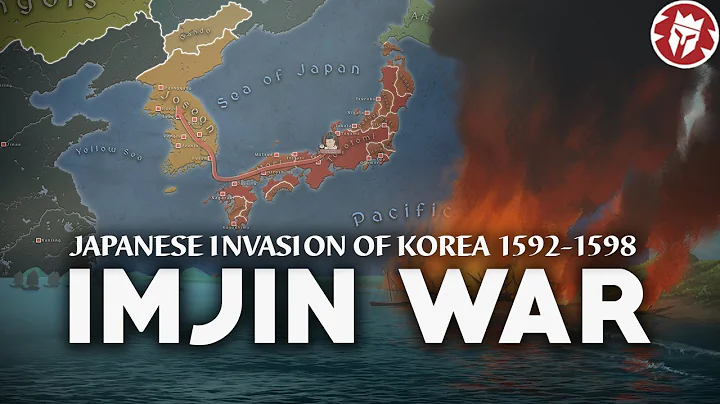
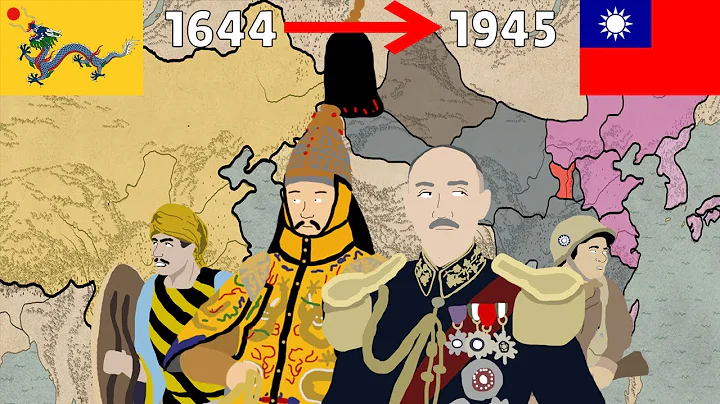




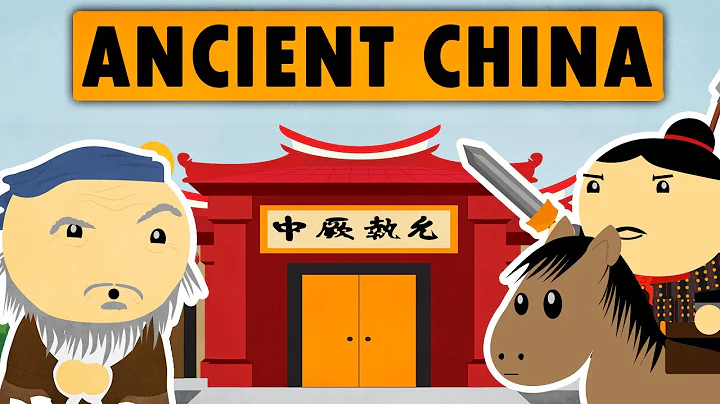
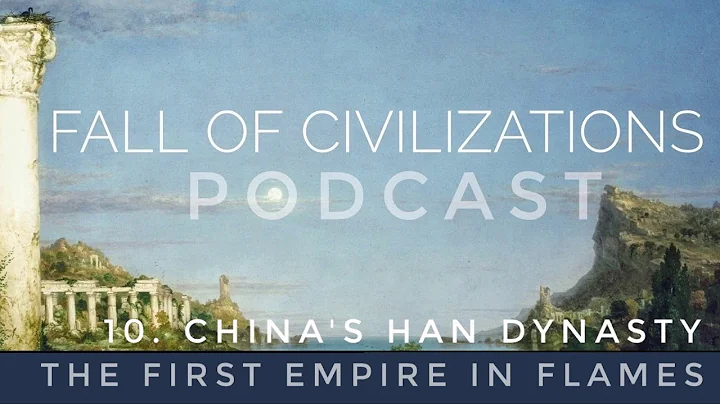
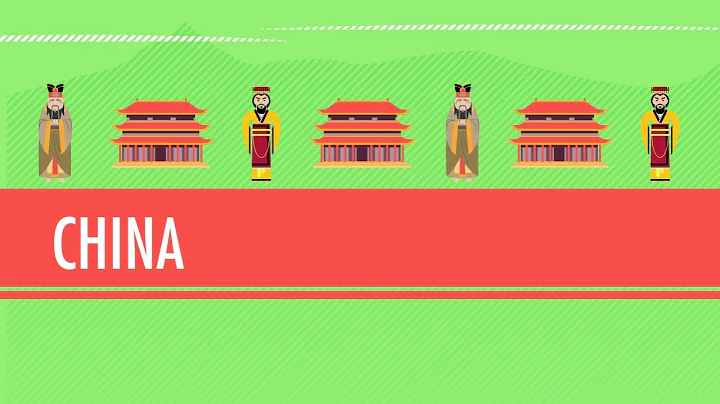






![[English] Who Am I - Lecture 1 - Ven. Guan Cheng - DayDayNews](https://i.ytimg.com/vi/KU0fUs2It5o/hq720.jpg?sqp=-oaymwEcCNAFEJQDSFXyq4qpAw4IARUAAIhCGAFwAcABBg==&rs=AOn4CLDFpQUN_QwRfC7bmP4sUadq-RcYdg)
![A Moving Masterpiece 清明上河图 [English narration] - DayDayNews](https://i.ytimg.com/vi/kxff-4GktOI/hqdefault.jpg?sqp=-oaymwEcCOADEI4CSFXyq4qpAw4IARUAAIhCGAFwAcABBg==&rs=AOn4CLBtHGLeUpJNCYDJYnZTuISQ1N5Vag)

